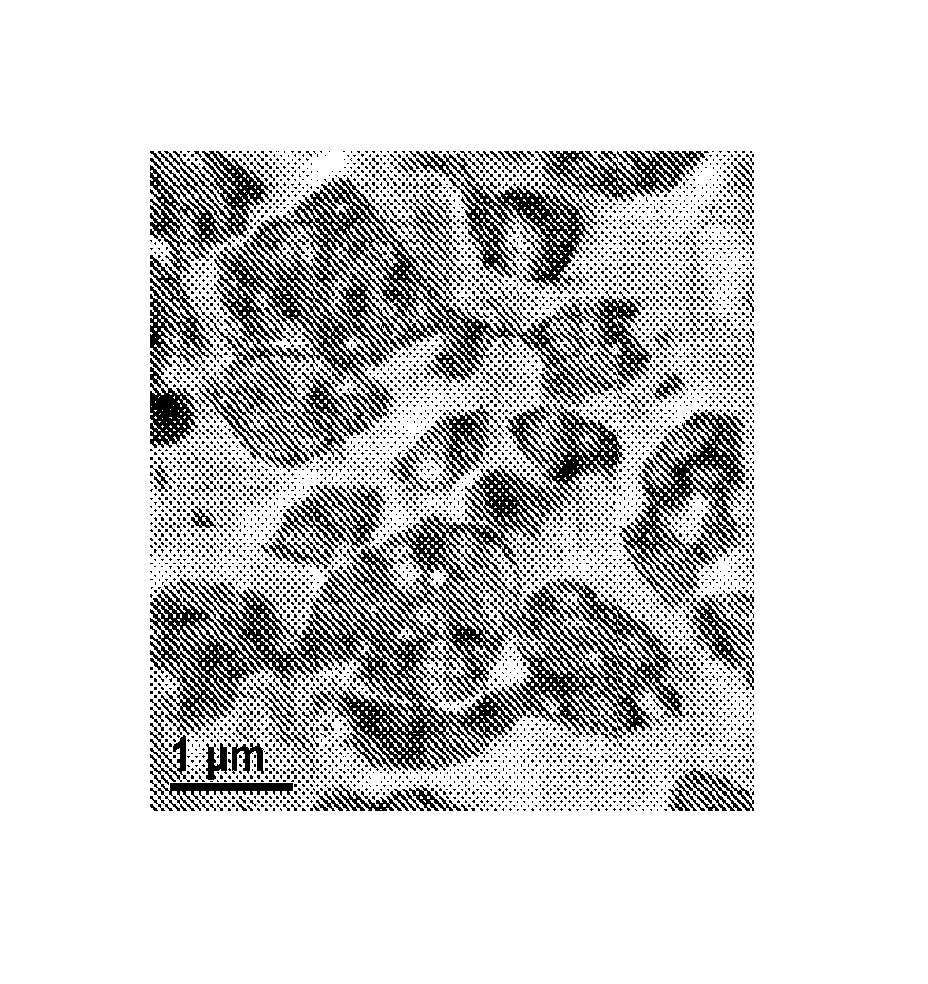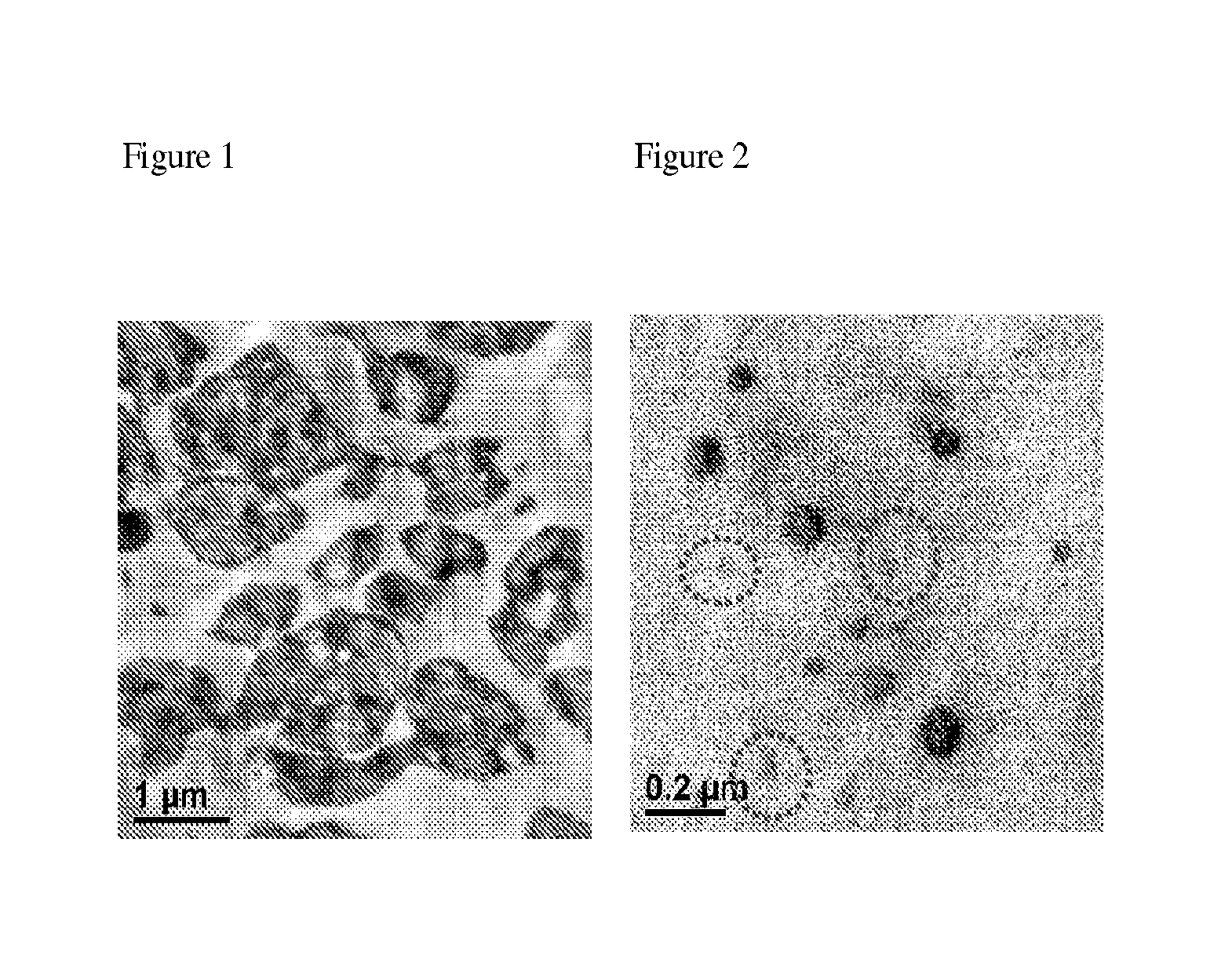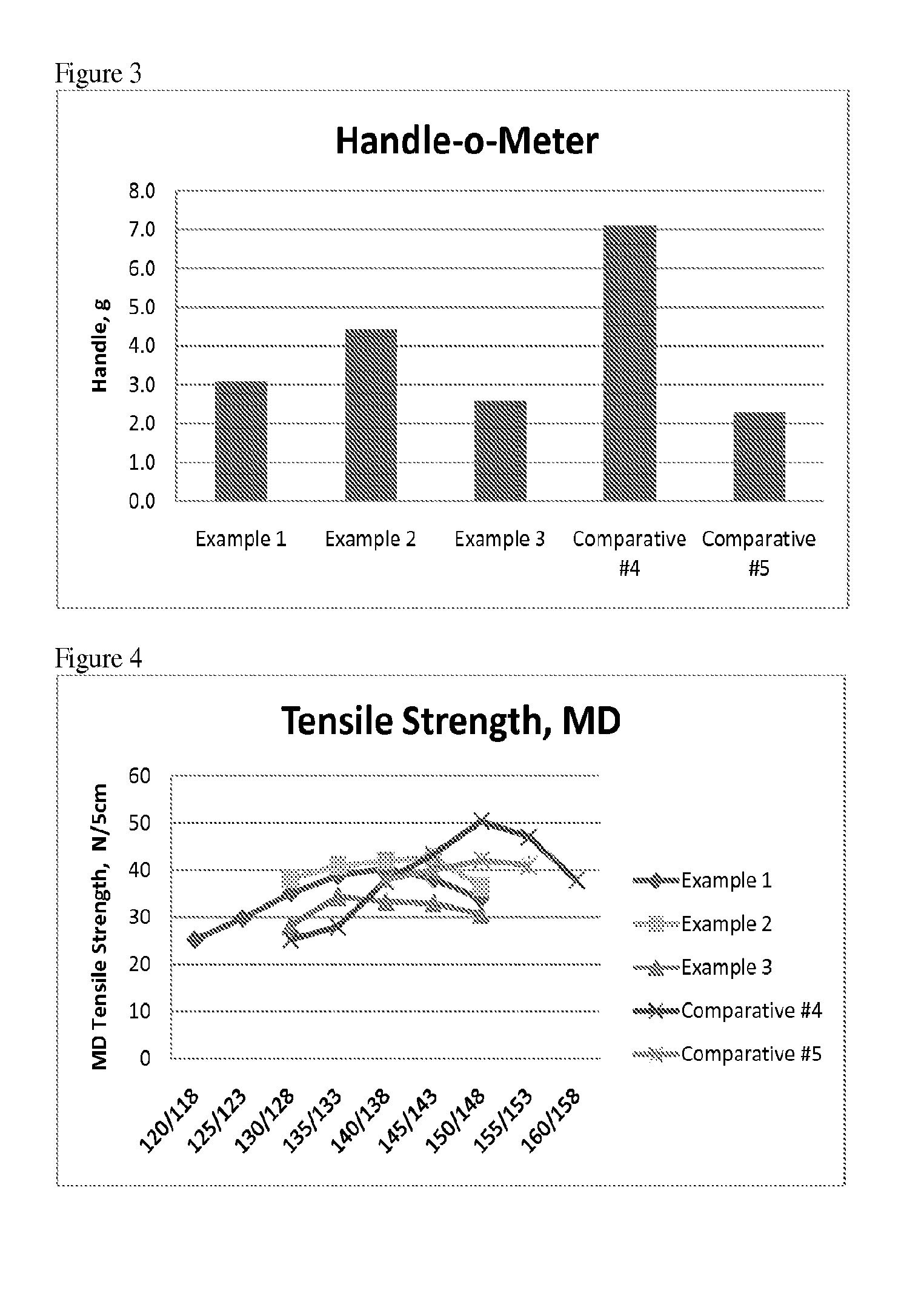Fabricated articles comprising polyolefins
a technology of fabricated articles and polyolefins, which is applied in the field of fabrication articles comprising polyolefins, can solve the problems of added cost or inefficiency, unsatisfactory pp fabric haptics in terms of perceived softness, etc., and achieves the effects of improving sensory testing panel results, reducing bonding temperature, and improving softness
- Summary
- Abstract
- Description
- Claims
- Application Information
AI Technical Summary
Benefits of technology
Problems solved by technology
Method used
Image
Examples
examples
[0062]A of propylene impact copolymer was made in a dual reactor set up where the matrix polymer was made in a first gas phase reactor and then the contents of the first reactor are passed to a second gas phase reactor. The ethylene content in the matrix (Em) and dispersed phase (Ec) and the amount of the dispersed phase (Fc), and the beta / alpha for the ICP is determined according to the test methods above and reported in Table 1. The resulting impact copolymer was cracked using peroxide to the overall melt flow rate reported in Table 1. Comparative Example 1 is a polyethylene fiber having a melt index (190° C. / 2.16 kg) 30 g / 10 min and a density of 0.955 g / cc.
TABLE 1Resin #DescriptionA38 MFR hPP (cracked)B30 MI, 0.955 density HDPEC35 MFR impact copolymer with Em of 1%; an Fc of 30%, and Ec of 9% and a beta / alpha of 0.9
[0063]A series of nonwoven fabrics were made using the following resins: Resin A is a homopolymer PP having a melt flow rate (ASTM 1238 (230° C., 2.16 kg) of 35 g / 10 m...
PUM
| Property | Measurement | Unit |
|---|---|---|
| temperature | aaaaa | aaaaa |
| temperature | aaaaa | aaaaa |
| temperature | aaaaa | aaaaa |
Abstract
Description
Claims
Application Information
 Login to View More
Login to View More - R&D
- Intellectual Property
- Life Sciences
- Materials
- Tech Scout
- Unparalleled Data Quality
- Higher Quality Content
- 60% Fewer Hallucinations
Browse by: Latest US Patents, China's latest patents, Technical Efficacy Thesaurus, Application Domain, Technology Topic, Popular Technical Reports.
© 2025 PatSnap. All rights reserved.Legal|Privacy policy|Modern Slavery Act Transparency Statement|Sitemap|About US| Contact US: help@patsnap.com



